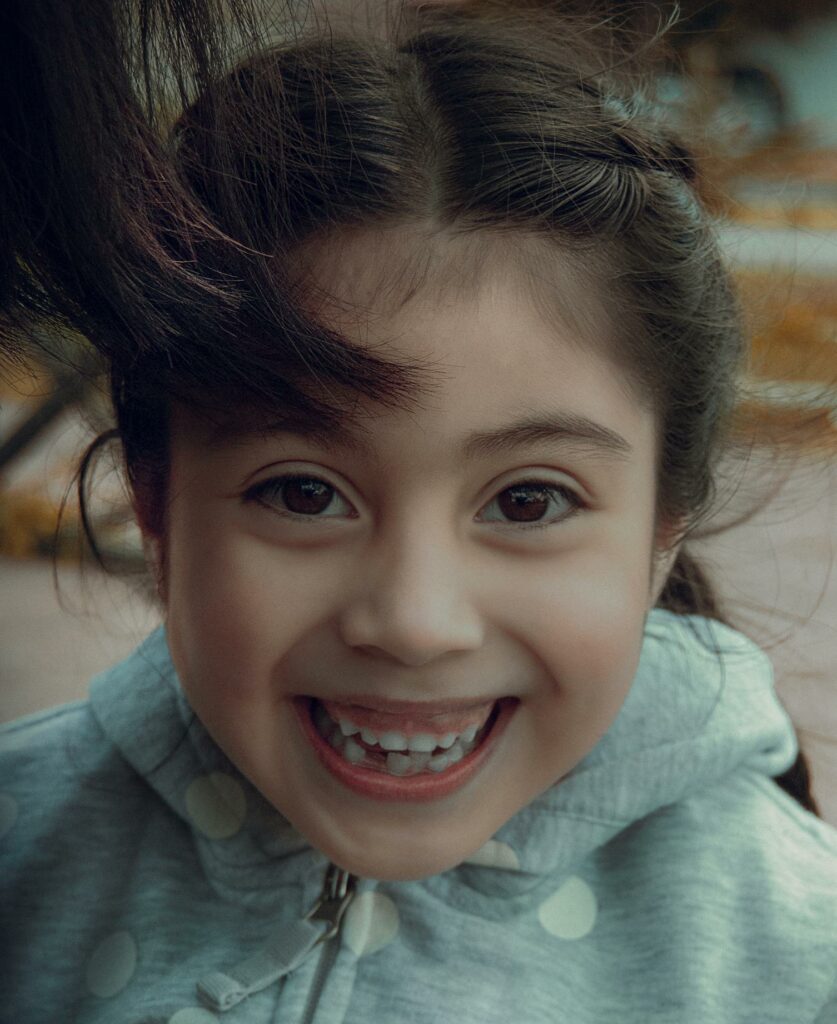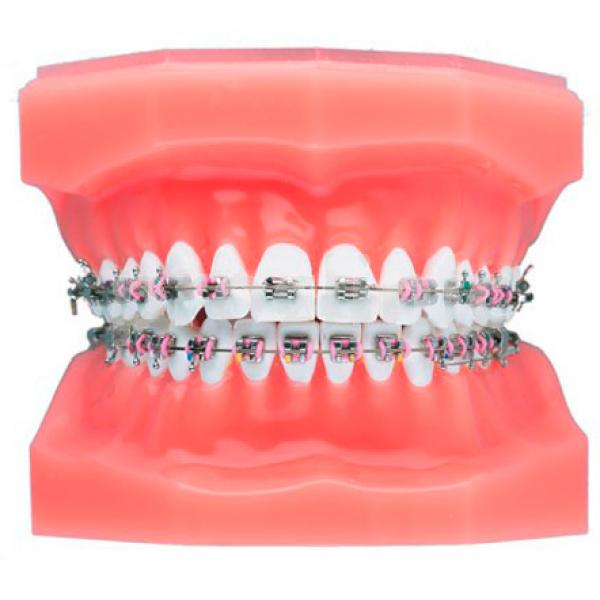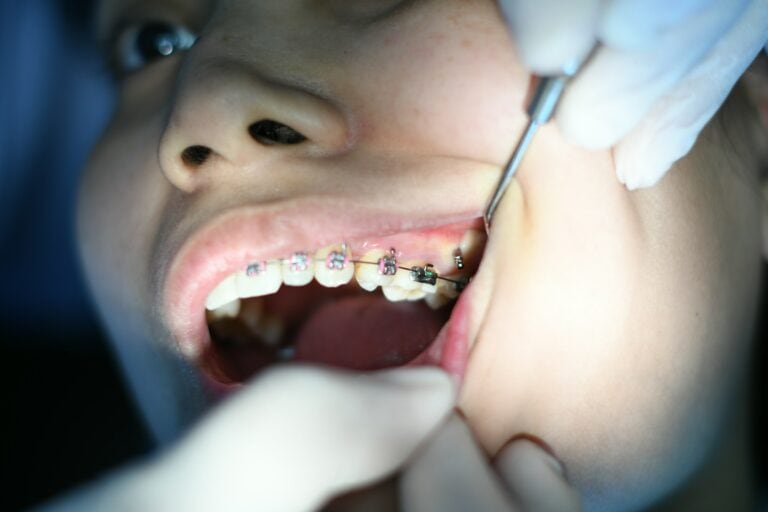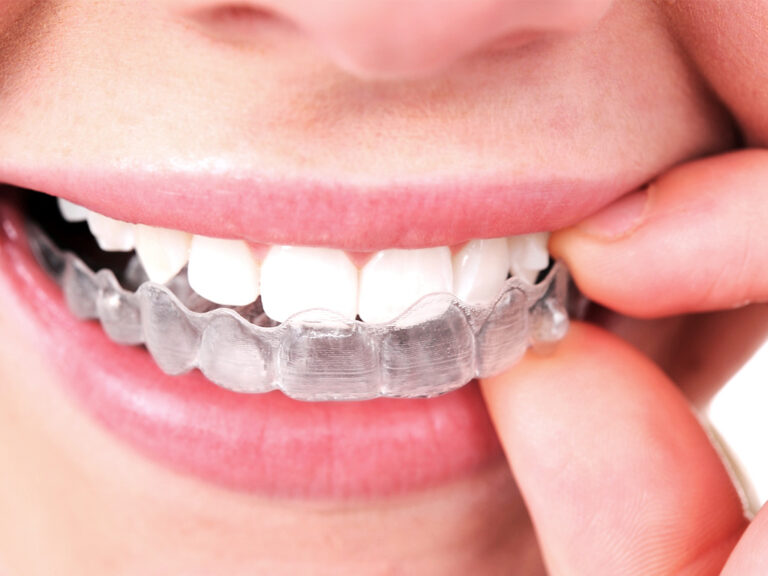Braces for Kids – Types, Cost, & When to Start
Braces for kids play an important role in supporting your child’s long-term oral health, not just their appearance. Orthodontic treatment is currently becoming more and more common for kids.
However, not every child will need them, and some kids won’t need braces until their teen years.
Understanding when and why braces for kids are recommended can help you make informed decisions about your child’s care.
This article, informed by orthodontists in Longmont, Colorado, explores the most common reasons kids get braces, the types available, and what to expect during treatment.

When Do Kids Need Braces?
Orthodontists often recommend braces for kids when dental or jaw alignment issues begin to affect function, appearance, or long-term oral health. Some problems present while your child still has their baby teeth won’t go away and could even get worse over time without early intervention.
An early evaluation around age 7 helps identify potential orthodontic issues before they become more serious.
If needed, your child may begin Phase 1 treatment, which just means orthodontic treatment (typically braces) that starts before all permanent teeth have erupted.
Common Orthodontic Issues in Children
Children may need braces to address specific developmental concerns.
These include crowded or crooked teeth, bite problems like overbite or crossbite, and functional issues such as difficulty chewing or speaking clearly.
Why Should Kids Get Braces?
Starting treatment early can make a big difference. If your orthodontist determines that it’s necessary, orthodontic care at a younger age can help guide jaw development, prevent the need for tooth extractions, and correct habits like thumb-sucking before they cause lasting problems.

Types of Braces for Kids
There are a variety of different types of braces that cater to kids, offering a more comfortable treatment for your child. Braces today are more comfortable and less invasive than in the past, thanks to a few innovative new styles:
Traditional Metal Braces
These are the most commonly used braces for kids. They’re strong, cost-effective, and highly effective at correcting even complex alignment issues.
Mini Braces / Small Braces
Mini braces work like traditional metal braces but use smaller brackets. They’re slightly more comfortable and less noticeable, making them a good option for younger children.
Self-Ligating Braces
Self-ligating braces use built-in clips instead of elastic bands to hold the archwire. The result is less friction, which can mean faster treatment and fewer adjustment appointments.
Ceramic Braces
Ceramic braces use tooth-colored brackets that blend with the natural teeth. They’re less visible but also more fragile than metal, which may make them less ideal for younger kids.
Invisalign (Clear Aligners)
Invisalign is a clear, removable aligner system that gradually shifts teeth. It’s typically used primarily for teens and adults but can also be an option for older kids.
Consult With an Orthodontist
Not every child needs braces, which is why getting an evaluation by an orthodontist near you is so important.
A professional assessment helps determine whether treatment is necessary and when to begin.
If braces are recommended, your orthodontist will create a customized treatment plan tailored to your child’s age, dental development, and specific needs.
FAQ
Here are answers to some of the most common questions parents ask about braces for kids. Knowing what to expect can help you feel confident about your child’s orthodontic care.
What’s the best age to get braces?
The American Association of Orthodontists recommends an evaluation by age 7. Braces are usually placed between ages 9–14.
Are metal braces the only option for young kids?
No, there are multiple types of braces suited for younger kids! Options like mini braces, ceramic braces, and clear aligners may also be appropriate depending on the case.
How long does treatment typically take?
Most treatments last 12 to 36 months, depending on severity and age.
Can my child eat normally with braces?
Mostly yes, but they should avoid sticky, hard, or crunchy foods to protect the brackets.
Are braces painful for children?
Mild soreness is common after adjustments, but it usually fades within a few days.
What if my child forgets to wear Invisalign?
If your child wears their aligners inconsistently, they’ll have slower progress. Invisalign is best for responsible older kids or teens.
Are ceramic braces safe for active kids?
Ceramic braces can be more fragile, so they’re usually better for older children who are less active.
How much do braces cost?
Costs vary widely, usually between $3,000–$7,000, depending on the type and length of treatment.
Can braces fix speech problems?
In some cases, yes—especially when speech issues are related to bite alignment or jaw position.





